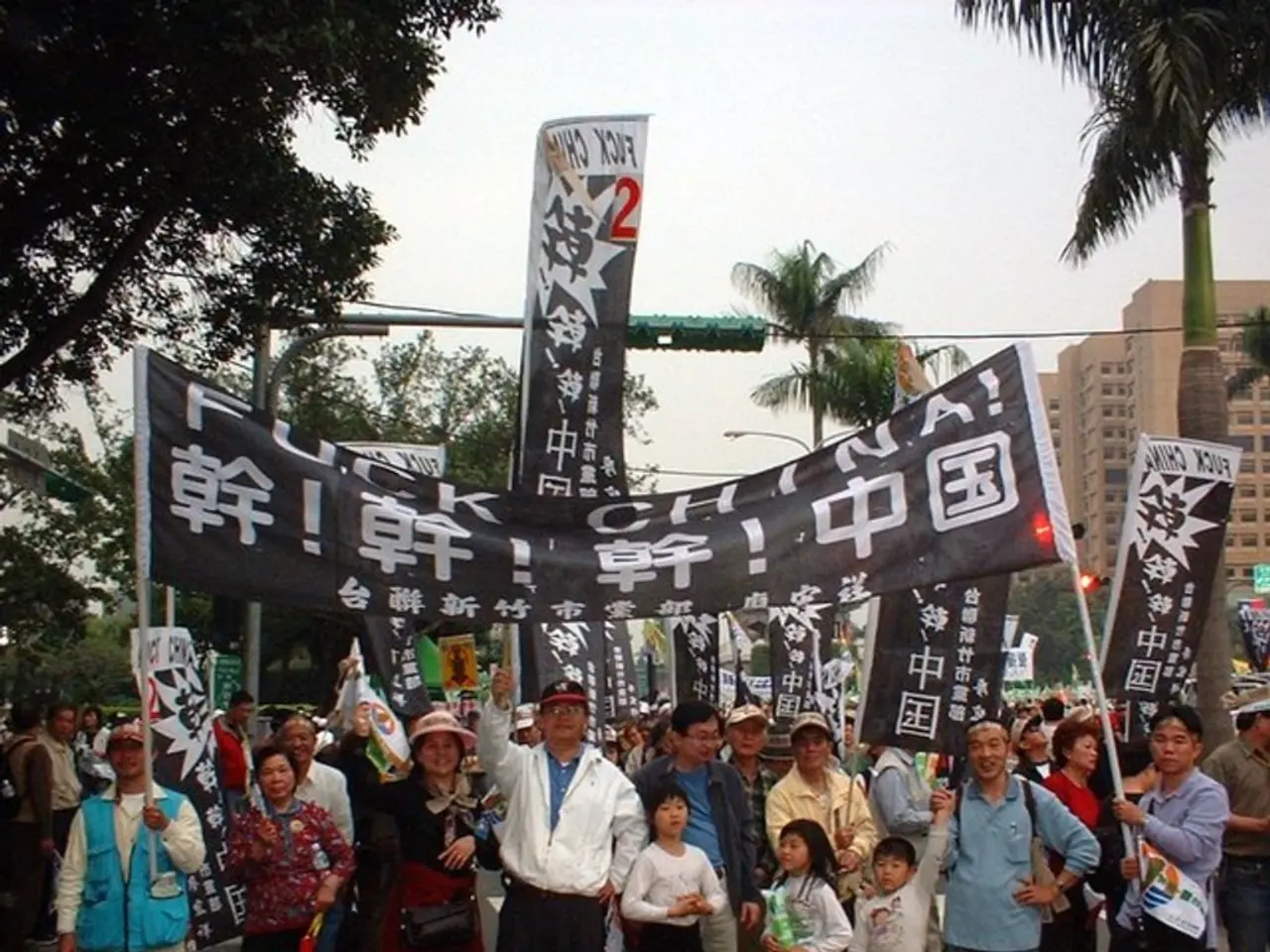Should Extinction Rebellion Justify Shifting from Disruptive Protests?
Extinction Rebellion (XR) Shifts Strategy, Emphasizes Inclusion and Social Justice
Extinction Rebellion (XR), the global environmental movement, has announced a change in approach, focusing on building a mass movement and disrupting the perpetrators of climate crisis rather than prioritizing public disruption. This shift, however, does not seem to indicate a complete departure from their disruptive tactics.
As of mid-2025, XR has largely maintained its core strategy of nonviolent, disruptive civil disobedience. The movement continues to emphasize symbolic actions to raise public awareness and pressure authorities through rebellion tactics. Arrests still occur as part of civil disobedience actions, suggesting that disruption and arrest remain elements of XR's strategy.
The movement's framing continues to stress the importance of nonviolent, disruptive civil disobedience as a necessary tactic given the failure of traditional methods. Roadblocks and direct actions remain key to XR's impact. However, there are signs of strategic evolution, with calls for inclusion and deeper social justice framing.
This shift signals a broader coalition-building approach rather than abandoning disruption. XR is centering the voices and struggles of vulnerable and marginalized communities, both in the Global South and North, and advocating for reparations and ecosystem rights. This move aims to create a more inclusive and diverse movement.
In 2019, XR's actions dominated headlines for almost an entire year, leading the U.K. government to declare a climate and ecological emergency. The movement's use of civil disobedience is not unique; it's a method used across the climate movement with roots in Indigenous communities and the U.S. civil rights movement.
However, old criticisms about the lack of a racial and economic analysis remain unresolved. Dane Pavitt, a video editor, animator, and natural science student, expressed disheartening and disappointment with XR's latest announcement. Pavitt fears that XR's new approach may undermine its standing as a powerful movement for change.
On the other hand, Stott disagrees, stating that XR is seeking opportunities to make bigger progress with its current approach. XR's new aim is to prioritize attendance over arrest and relationships over roadblocks.
The government's response to XR's tactics has been evident in the Police, Crime, Sentencing and Courts (PCSC) Act, passed into law in April 2022. This act gives the police more power to impose conditions on protest and to arrest, charge, and criminalize protesters. The government's disregard for global heating and its crackdown on dissent continues to be a point of contention.
References: 1. XR's Core Strategy 2. XR's Call for Inclusion and Social Justice 3. XR's Analysis of the Crisis 4. XR's Actions and Arrests
- Extinction Rebellion (XR) is shifting its strategy, focusing on building a mass movement and disrupting climate crisis perpetrators, while maintaining its core strategy of nonviolent, disruptive civil disobedience.
- XR continues to emphasize symbolic actions to raise public awareness, pressure authorities, and advocate for reparations and ecosystem rights, particularly for vulnerable and marginalized communities.
- The movement's framing still sees nonviolent, disruptive civil disobedience as a necessary tactic in the face of traditional methods' failure, with roadblocks and direct actions remaining key to XR's impact.
- XR's latest approach has sparked mixed reactions, with some welcoming the focus on inclusion and deeper social justice framing, while others express concerns that it may undermine XR's standing as a powerful movement for change.
- The government's response to XR's tactics, including the Police, Crime, Sentencing and Courts (PCSC) Act, has been a contentious issue, as it grants the police more power to control protests and criminalize protesters, signaling a disregard for global heating and dissent.







